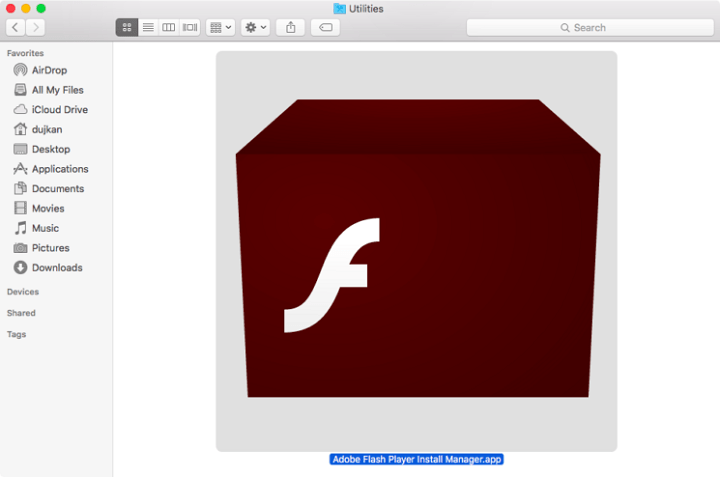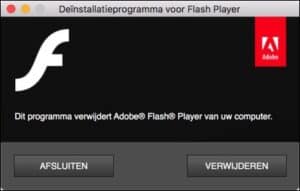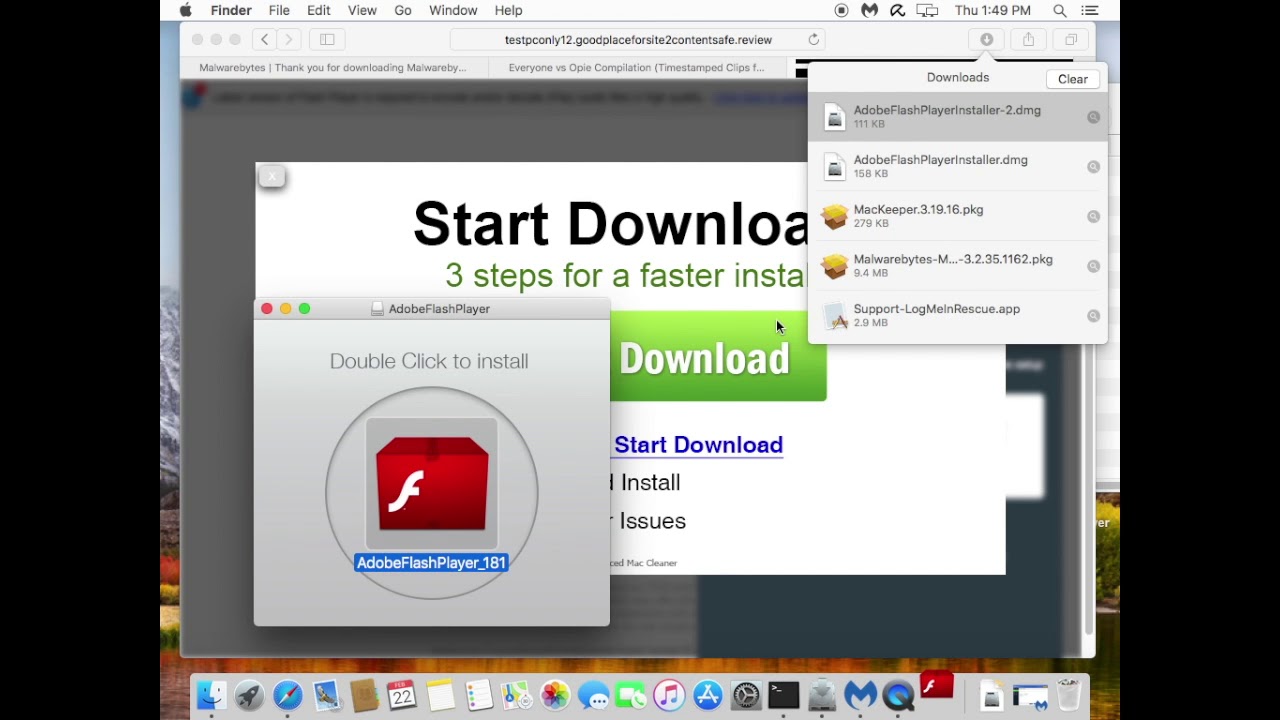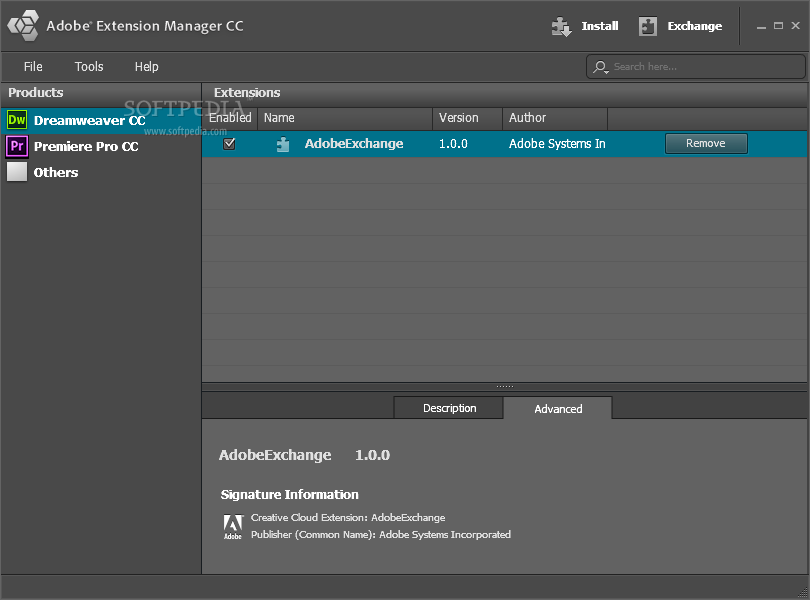After 24 years of fun games and abuse by threat actors, Adobe has released their final Flash Player update and thanked everyone for the fantastic content that they have released over the years.

The first version of Adobe Flash Player was released in January 1996 and was immediately adopted by developers to create interactive content on the web. For many, the first introduction to an online game was through Flash games strewn across the Internet.
It was initially developed by Macromedia, which was purchased by Adobe in 2005. Flash Player is often used to display videos, games, and advertisements. Adobe Flash Player is available for many platforms and browsers, including Windows, MacOS X, Linux, and several mobile device operating systems such as Android. Current Flash Player customers who have enrolled in the 'Allow Adobe to install updates (recommended)' update mechanism will be automatically updated to the latest version of Flash Player within 24 hours after release. This article provides information on how to uninstall the Adobe Flash Player within macOS. The Adobe prompt says (see the image below): “An Update to Adobe Flash Player is available. This update includes.”, ad you can see its image below: There are only two options. The options provided are: Remind Me Later and Download. Software & Apps. How to tell if an Adobe Flash Player update is valid. Posted on March 8th, 2020 by Derek Erwin For years, Flash Player has been a major vector for malware, and bogus Flash Player installers and updaters have served as Trojan horses to infect Macs and PCs. Download Adobe Flash Player for Mac now from Softonic: 100% safe and virus free. More than 25470 downloads this month. Download Adobe Flash Player lat.
While Adobe Flash Player was immensely popular with users, it was also immensely popular with threat actors who exploited software bugs in the platform to infect users with malware.

Due to the security bugs and new technology, such as HTML 5, Adobe, Microsoft, Google, Apple, and Mozilla made a joint announcement in 2017 that they were retiring support for Adobe Flash Player at the end of 2020.
In the release notes for the final Flash Player 32 and AIR 32 released this Tuesday, Adobe thanks all the developers and customers for the amazing Flash content they have created over the last two decades.
'Today marks the final scheduled release of Flash Player for all regions outside of Mainland China. We want to take a moment to thank all of our customers and developers who have used and created amazing Flash Player content over the last two decades. We are proud that Flash had a crucial role in evolving web content across animation, interactivity, audio, and video. We are excited to help lead the next era of digital experiences,' Adobe stated in the final Flash Player release notes.
Kill switch blocks all Flash content on January 12th, 2021
Starting in January 2021, all browser developers will remove Adobe Flash entirely from their browser or have already done so. Once it is removed, there will be no way to install Adobe Flash Player again.
This removal includes Google Chrome, Safari, Mozilla Firefox, Microsoft Edge, Internet Explorer 11, and other Chromium-based browsers.

For Internet Explorer, Microsoft has already released the optional KB4577586 update that removes the 32-bit Flash Player plugin built into the browser and Windows. Microsoft Once this update is installed, it cannot be uninstalled.
Microsoft plans on releasing this update via WSUS and Windows Update in early 2021 to perform wide-scale removal of Flash Player.
As a final nail in the coffin, Adobe has introduced a kill switch that blocks Adobe Flash content from running in Flash Player starting on January 12th, 2020.
'Adobe will no longer support Flash Player after December 31 2020, and Adobe will block Flash content from running in Flash Player beginning January 12 2021; Adobe strongly recommends all users immediately uninstall Flash Player to help protect their systems,' Adobe warns users.
Malware Adobe Flash Player Update Mac

Once January 12th is reached, even if a browser supports Flash or you explicitly allow a website to use it, Flash Player will no longer load the content.
Related Articles:
These instructions are NOT applicable to Flash Player included with Google Chrome. Visit the Flash Player Help page for instructions on enabling (or disabling) Flash Player in various browsers.
If you use Windows, see Uninstall Flash Player | Windows.
If your Flash Player installation was not successful, use the following solution to reinstall.
Click the Apple icon and choose About This Mac.
The Mac OS version appears in the About This Mac dialog.
2. Run the uninstaller applicable to your Mac OS version
- Run the uninstaller on Mac OS X 10.4 and later, including macOS
Note:
Beginning with Flash Player 11.5, uninstalling the Flash Player resets the AutoUpdateDisable and SilentAutoUpdateEnable settings in mms.cfg to their default values:
- AutoUpdateDisable=0
- SilentAutoUpdateEnable=0
If you are running the Flash Player uninstaller as part of your deployment process, redeploy any custom changes to either AutoUpdateDisable or SilentAutoUpdateEnable.
Run the uninstaller on Mac OS X 10.4 and later, including macOS
Download the Adobe Flash Player uninstaller:
- Mac OS X, version 10.6 and later: uninstall_flash_player_osx.dmg
- Mac OS X, version 10.4 and 10.5: uninstall_flash_player_osx.dmg
The uninstaller is downloaded to the Downloads folder of your browser by default.
In Safari, choose Window > Downloads.
If you are using Mac OS X 10.7 (Lion), click the Downloads icon displayed on the browser.
To open the uninstaller, double-click it in the Downloads window.
Note: If the Flash Player installer window does not appear, choose Go > Desktop in the Finder. Scroll down to the Devices section and click Uninstall Flash Player.
To run the uninstaller, double-click the Uninstaller icon in the window. If you see a message asking if you want to open the uninstaller file, click Open.
- Bookmark or print this page so that you can use the rest of these instructions after you close your browser.
To close all browsers, either click the browser name in the Uninstaller dialog, or close each browser manually and then click Retry.
Note: Do not click Quit in the Uninstaller window. It stops the uninstallation process.
After you close the browsers, the uninstaller continues automatically until the uninstallation is complete. When you see the message notifying you that the uninstallation succeeded, click Done.
Delete the following directories:
- <home directory>/Library/Preferences/Macromedia/Flash Player
- <home directory>/Library/Caches/Adobe/Flash Player
Free Adobe Flash Player Update Mac
Download the Adobe Flash Player uninstaller:
- Mac OS X, version 10.3 and earlier: uninstall_flash_player_osx_10.2.dmg (1.3 MB) (updated 05/27/08)
Choose Window > Downloads to view the downloaded uninstaller.
Save the uninstaller file in a convenient location.
To open the uninstaller, double-click it in the Downloads window.
To run the uninstaller, double-click the Uninstaller icon in the window. If requested, enter your computer user name and password and click OK.
Bookmark or print this page so that you can use the rest of these instructions after you close your browser. Close all browsers and other applications that use Flash Player, including instant messaging applications, SWF files, and projectors (EXE files that play SWF files). Otherwise, the uninstaller cannot finish (even though it appears to finish).
Once the uninstaller finishes, the window closes automatically.

Adobe Flash Player Update Mac
You can verify that uninstallation is complete by following these steps:
Adobe Flash Player Update Mac Virus
Open your browser and check the status of Flash Player.
